16. June, 2025delish0
In the manufacturing industry, barcode ribbon slitting machine is a key equipment to meet the needs of industrial-grade slitting, especially in the fields of labeling, packaging, logistics and product traceability. Its core function is to cut large rolls of barcode ribbons or label materials into the specific width and length required by customers, ensuring accuracy and efficiency, so as to adapt to the automated production needs of different industries. Here's an analysis of their specific roles and importance:
1. Precise slitting to meet diverse needs
• Customized size: Different equipment in the manufacturing industry (such as label printers, RFID encoders) have different requirements for the width (such as 10mm, 50mm, etc.) and length of the ribbon, and the slitting machine can accurately slitting to avoid material waste.
• Multi-material adaptation: It supports ribbon slitting of different materials such as wax-based, mixed-based, and resin-based, adapting to the needs of ordinary labels to high-temperature and corrosion-resistant industrial-grade labels.
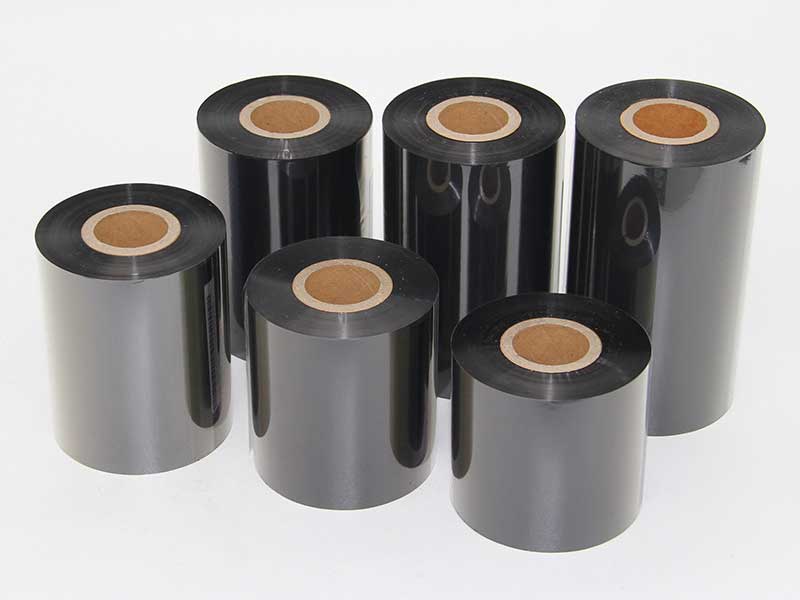
2. Improve production efficiency and automation
• High-speed slitting: The industrial-grade slitting machine can achieve a slitting speed of hundreds of meters per minute to meet the needs of large-scale orders (such as e-commerce logistics labels, food packaging labels, etc.).
• Reduced manual intervention: Automatic tension control, web guiding system and web diameter monitoring ensure a stable slitting process, reducing the frequency and error of manual adjustments.
3. Ensure product quality and consistency
• Edge flatness: High-precision blade or laser slitting technology avoids ribbon edge burrs and prevents jamming or tape breakage during printing.
• Dust-free and pollution-free: clean slitting environment to avoid damage to the ribbon coating, and ensure the clarity and scanning recognition rate of printed barcodes (essential for medical, auto parts and other industries).
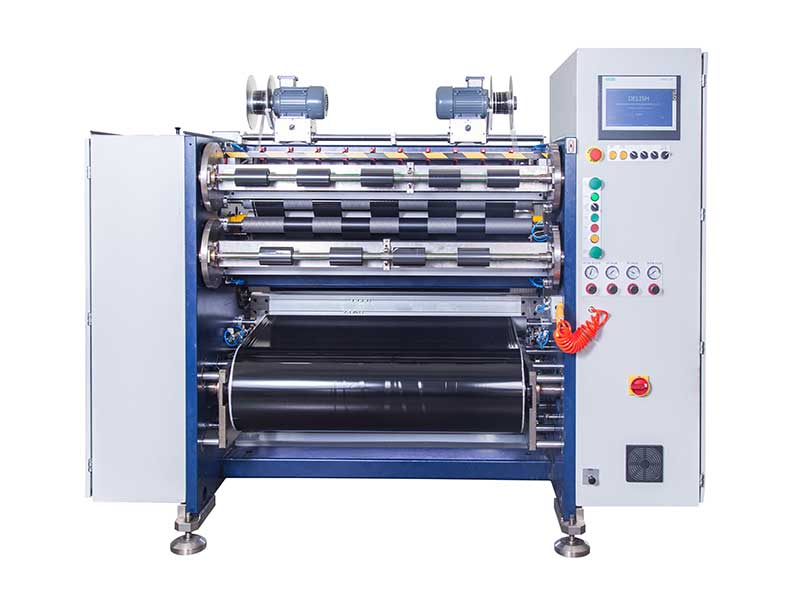
4. Support Industry 4.0 and intelligent management
• Data traceability: Some slitting machines are integrated with barcode scanning or RFID system to record data such as slitting batch and length, which is convenient for quality traceability.
• Docking with MES/ERP: Realize the digital management of slitting orders and optimize inventory (such as on-demand slitting JIT mode).
5. Examples of application scenarios
• Logistics industry: The slitted ribbon is used for the printing of express face sheets, which needs to be friction resistant and moisture resistant.
• Retail & Warehousing: Ribbon slitting for supermarket price tags and warehouse shelf labels requires low cost and high efficiency.
• Electronic manufacturing: PCB board or electronic component labels need high-temperature resistant ribbons, and the slitting accuracy directly affects the label pasting effect.
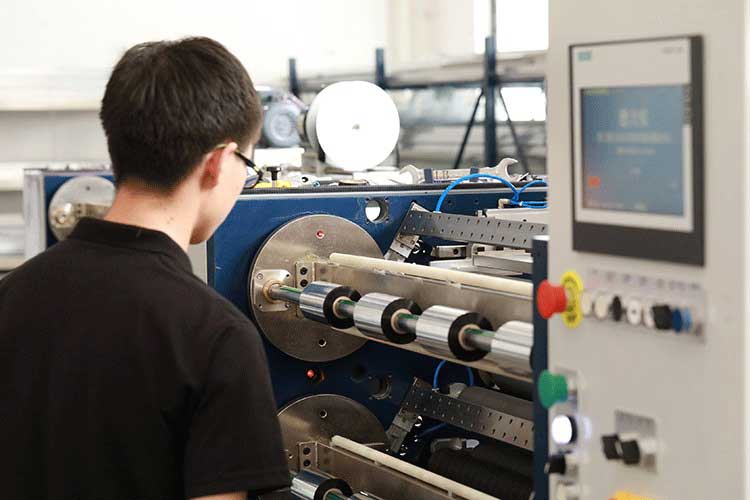
6. Industry Challenges and Solutions
• Challenges: Ribbon materials have large differences in toughness (such as resin-based brittleness) and fragmentation of customer needs.
• Technology upgrades: Servo motors are used to control tension, visual inspection systems are used to monitor slitting quality in real time, or AI algorithms are used to optimize slitting paths to reduce waste.
summary
Barcode ribbon slitting machine is a key link connecting raw materials and terminal applications in the manufacturing industry, and its slitting accuracy, efficiency and stability directly affect the reliability and production cost of downstream products. With the increase in industrial automation, intelligent and highly flexible slitting equipment will become an indispensable tool in the manufacturing supply chain.




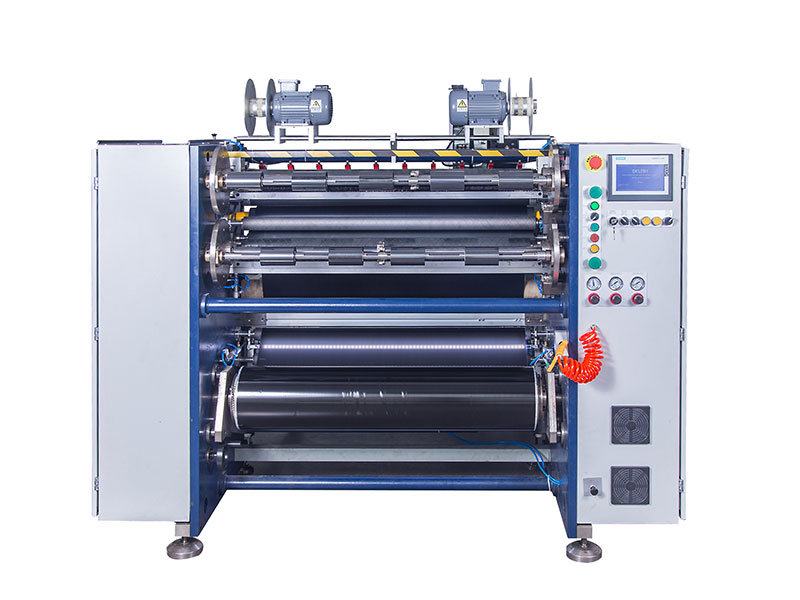
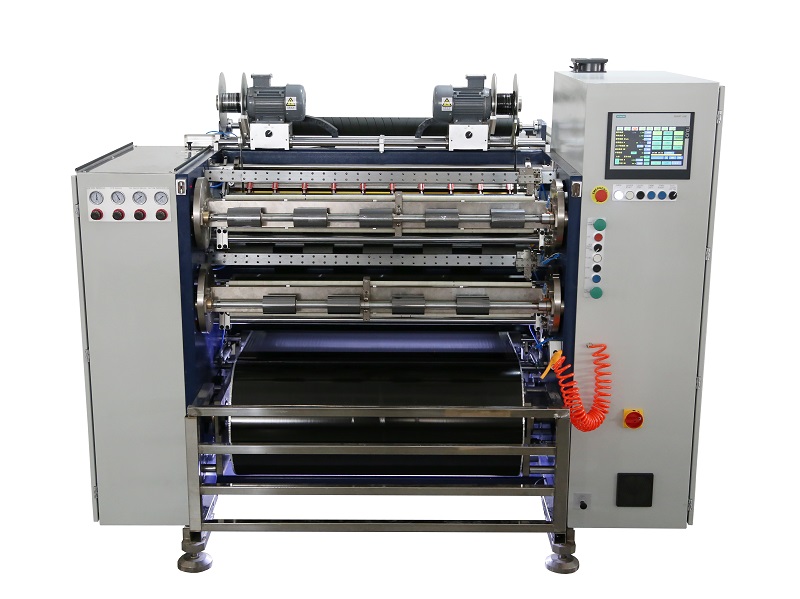 Fully Automatic TTR Slitter RSDS8 Plus
Fully Automatic TTR Slitter RSDS8 Plus Hot Stamping Foil Slitter 1600mm
Hot Stamping Foil Slitter 1600mm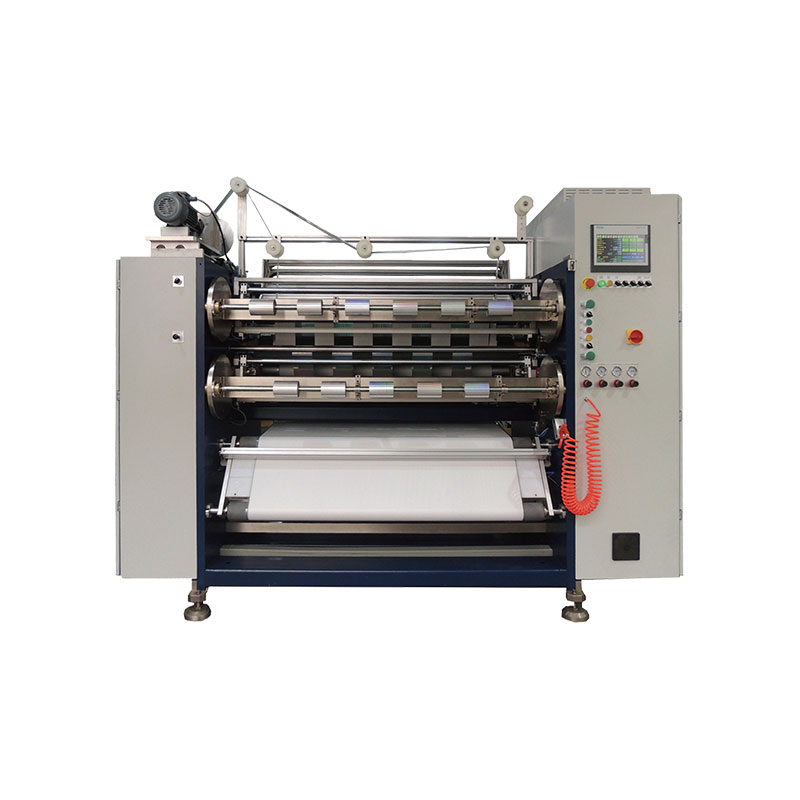 Hot Stamping Foil Slitter (4 Shafts)
Hot Stamping Foil Slitter (4 Shafts)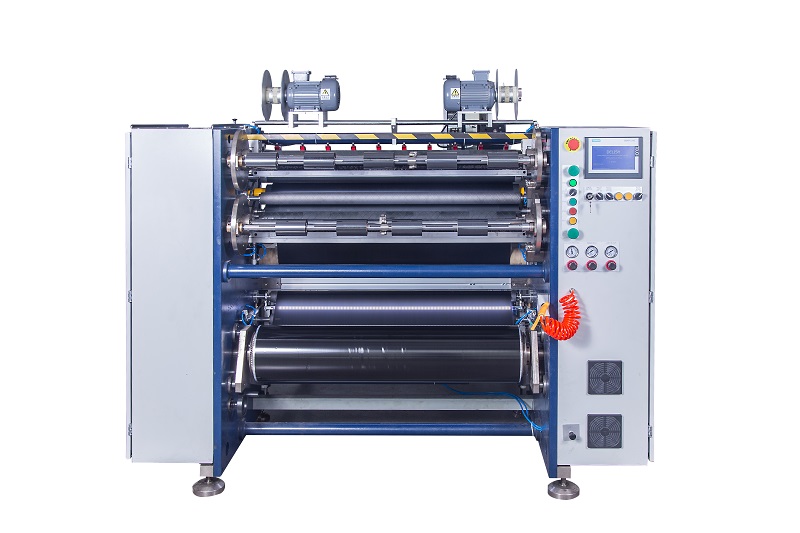 Semi-Auto TTR Slitter RSDS2 Plus
Semi-Auto TTR Slitter RSDS2 Plus Semi Automatic TTR Slitter RSDS5 Plus
Semi Automatic TTR Slitter RSDS5 Plus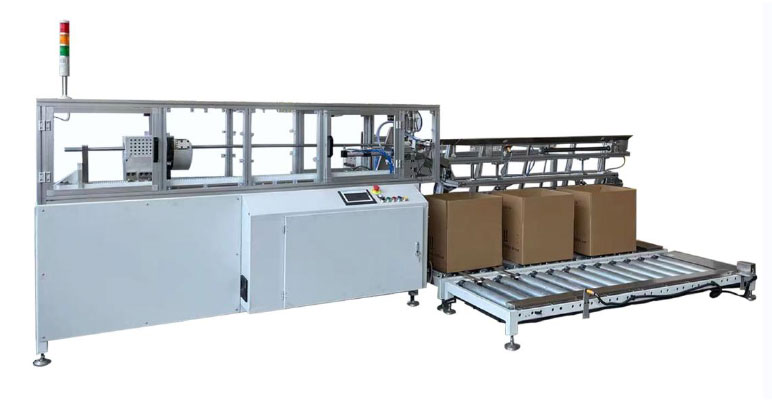 Auto Paper Core Cutter
Auto Paper Core Cutter Manual TTR Slitter RSDS2
Manual TTR Slitter RSDS2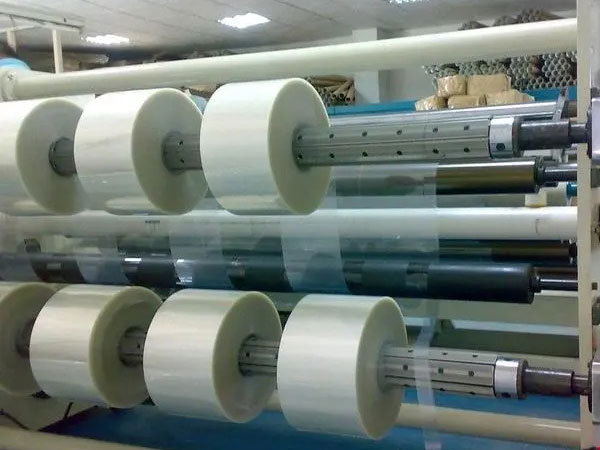 Film Slitting Machine
Film Slitting Machine





